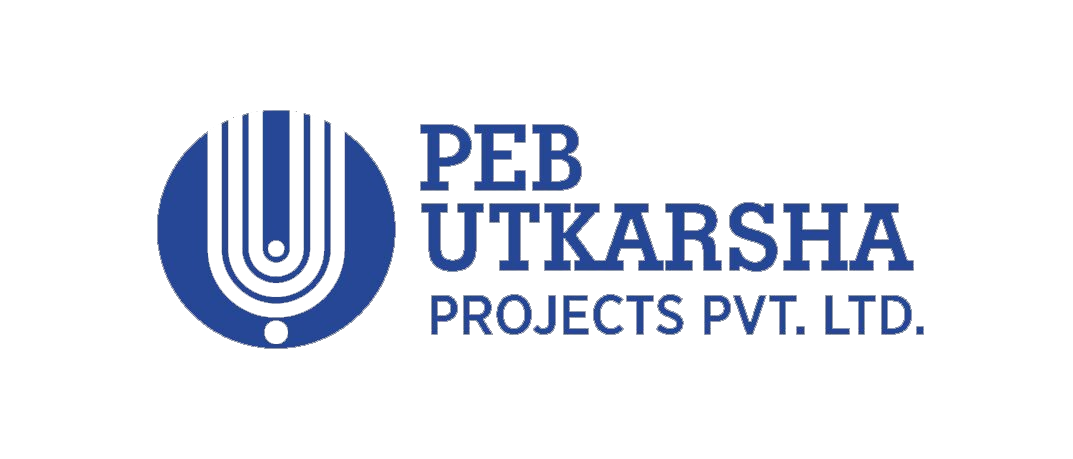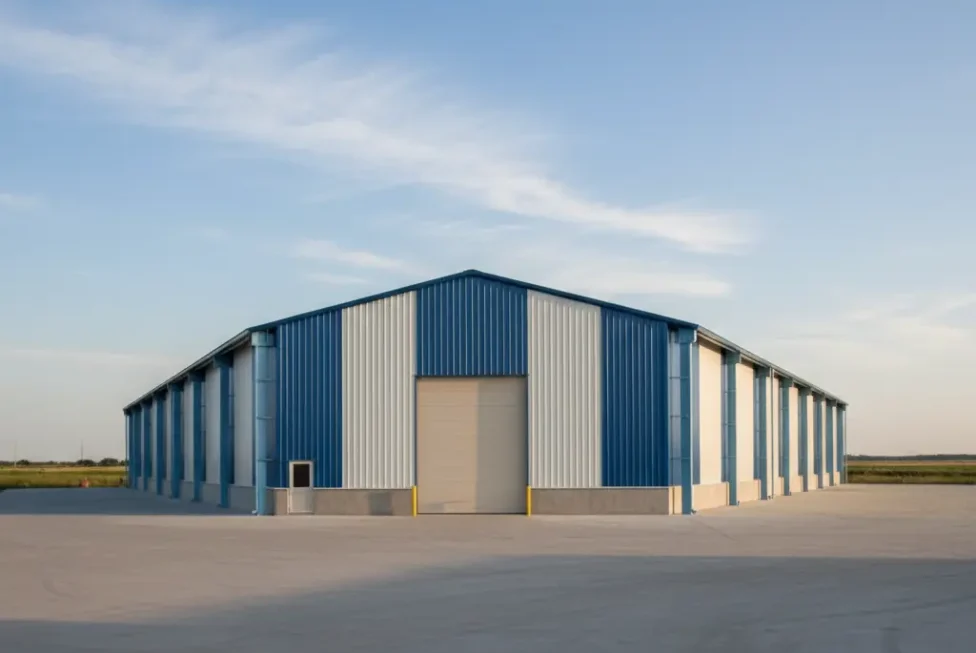In today’s competitive market, businesses are constantly looking for ways to streamline their operations and reduce costs. One of the most effective ways to achieve this is through the use of Pre-Engineered Buildings (PEB) for warehouse construction. PEB warehouses are rapidly gaining popularity as the go-to solution for businesses seeking durability, cost-efficiency, and operational flexibility. In this blog, we’ll explore why PEB warehouses are the ideal choice for modern businesses and how they offer unparalleled advantages in terms of design, construction, and long-term performance.
1. What is a PEB Warehouse?
A PEB Warehouse refers to a warehouse built using Pre-Engineered Buildings (PEBs), a construction method that involves manufacturing the building components in a factory before assembling them on-site. These buildings are typically made from steel frames, wall panels, and roofing systems designed to meet the specific needs of the project. With PEBs, warehouses can be customized to meet operational demands, offering businesses a highly efficient and cost-effective solution for their storage and logistics needs.
The entire PEB process is powered by advanced software that allows for precise design and rapid execution, minimizing waste and construction delays. This makes PEB warehouses a great choice for businesses looking for modern, scalable, and sustainable storage solutions.
2. Key Benefits of PEB Warehouses
a) Cost-Effectiveness
One of the most significant reasons businesses opt for PEB Warehouses is the cost savings. Traditional warehouse construction can be expensive, with high material costs, prolonged construction timelines, and significant labor requirements. In contrast, PEB warehouses are manufactured off-site, reducing material wastage and labor costs. The streamlined production process of PEBs allows businesses to get more value for their money without compromising on the structure’s strength or quality.
b) Faster Construction Time
In warehouse operations, time is a critical factor. Every day that a warehouse is not functional can lead to operational bottlenecks. PEB warehouses are a great solution as they are quicker to construct compared to traditional buildings. Since the components are pre-engineered and manufactured off-site, on-site assembly is faster, and businesses can get their warehouses up and running in a fraction of the time it would take for conventional construction.
c) Scalability and Flexibility
Business needs change over time, and so do warehouse requirements. One of the standout features of PEB Warehouses is their scalability. Whether you need to expand the space for increased inventory or modify the layout for new operations, PEB structures are highly adaptable. This flexibility allows businesses to scale their storage capacity without the need for extensive renovations or additional costs, making PEB warehouses a long-term investment for growing companies.
d) Durability and Low Maintenance
PEB warehouses are built to last. Constructed with high-quality steel and other durable materials, these structures are designed to withstand harsh weather conditions, seismic activity, and corrosion. The strong, resilient nature of PEB warehouses makes them a dependable choice for businesses looking for a long-lasting solution. Additionally, PEBs require minimal maintenance, helping businesses save on upkeep costs and time.
3. Sustainability: PEB Warehouses as Eco-Friendly Alternatives
Sustainability is a growing concern in the industrial sector, and PEB warehouses provide an eco-friendly solution to this issue. PEBs are designed with energy efficiency in mind, reducing the carbon footprint of the construction process. Additionally, they are built using recyclable materials like steel, which helps reduce waste and supports circular economy principles.
Moreover, the rapid construction and minimal material waste involved in building PEB warehouses make them a greener alternative compared to traditional construction methods. This makes PEB warehouses an attractive choice for businesses that are looking to align their operations with sustainable practices and green building standards.
4. Customization to Meet Warehouse Needs
Every warehouse has unique operational needs, and PEB warehouses are built with customization in mind. Whether it’s creating large, open spaces for better inventory management or incorporating specific features like mezzanine floors, insulation, or custom roofing, PEB warehouses can be tailored to fit a wide range of requirements. The flexibility of design ensures that businesses can optimize the warehouse for maximum functionality, enhancing operational efficiency.
5. Long-Term Investment for Business Growth
Choosing a PEB Warehouse is more than just a construction decision; it’s a strategic investment for business growth. The affordability, durability, scalability, and quick construction timeline of PEBs make them an ideal choice for businesses looking to future-proof their operations. With lower maintenance costs, enhanced energy efficiency, and faster construction, PEB warehouses provide a strong return on investment while offering a competitive edge in the marketplace.
FAQ
What is a PEB Warehouse?
A PEB Warehouse is a warehouse constructed using Pre-Engineered Buildings (PEBs), which are pre-designed and pre-manufactured in a factory before being assembled at the construction site. These buildings are made from steel frames, wall panels, and roofing systems tailored to specific requirements, offering fast, cost-efficient, and durable storage solutions.
How are PEB Warehouses different from traditional warehouses?
PEB warehouses are faster and more cost-effective to construct than traditional warehouses. While traditional buildings are built on-site with many modifications, PEB warehouses are manufactured off-site, minimizing material waste and reducing labor costs. Additionally, PEB warehouses offer greater design flexibility and scalability.
Why are PEB Warehouses ideal for businesses?
PEB warehouses offer large, column-free spaces, easy scalability, durability, and a fast construction process. These features make them ideal for businesses that need functional, cost-efficient, and adaptable storage solutions to meet evolving operational needs.
What are the cost advantages of using PEB warehouses?
PEB warehouses are cost-effective because the off-site manufacturing process reduces labor costs, material wastage, and construction time. This results in significant cost savings compared to traditional construction methods.
How long does it take to build a PEB Warehouse?
A PEB warehouse can be built in a fraction of the time it takes for conventional warehouse construction. Depending on the size and complexity, a PEB may take weeks to a few months to complete, compared to several months or even years for traditional construction.
Conclusion
PEB Warehouses represent the future of modern storage and logistics solutions. Their affordability, rapid construction timeline, scalability, and durability make them the perfect choice for businesses looking to optimize their warehouse operations. As industries evolve and sustainability becomes a core focus, PEB structures continue to set new standards for warehouse design and functionality.
With their flexibility and cost-effectiveness, PEB Warehouses are not just a construction choice—they are a strategic investment in your business’s growth and efficiency. Embrace the future of warehousing with PEB structures, and position your business for long-term success.




